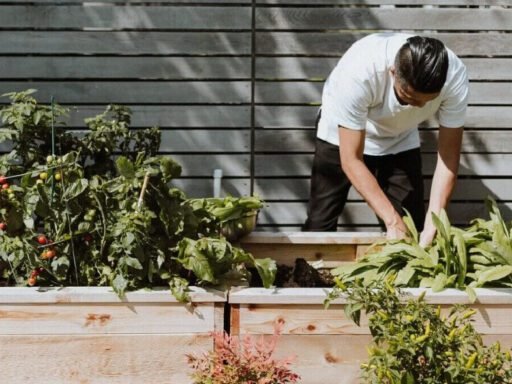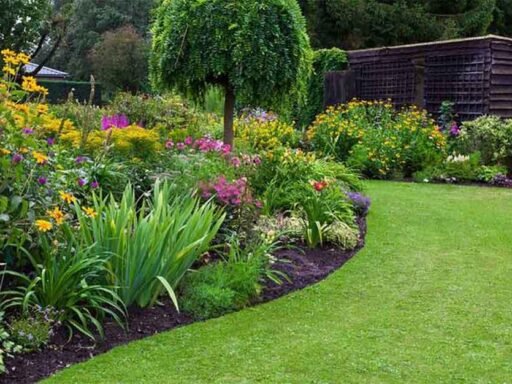Artificial Grass Expenses in 2024
Say goodbye to sweltering 100-degree summer days spent mowing, fertilizing, and weeding. Enter the era of hassle-free lawns with artificial grass, requiring minimal maintenance while staying plush and beautiful year-round.
Why Opt for Artificial Grass?
Dreaming of a lush green lawn without the headache of natural grass maintenance? Artificial grass offers the same aesthetic without the constant upkeep. Homeowners prefer it for its lower installation and maintenance costs, a mere fraction of the expenses incurred with natural grass.
Artificial turf maintenance is a breeze—no mowing, trimming, or fertilizing required. Minimal tasks include sweeping debris, infill addition, occasional washing, and pet cleanup, ensuring a consistently vibrant lawn.
Artificial grass not only eliminates the need for expensive equipment but also conserves water, making it an eco-friendly alternative.
Natural Grass vs. Artificial Grass
Natural grass:
- Requires costly maintenance equipment
- Consumes substantial water
- Prone to unexpected death
- Creates mess (grass stains, mud)
- Dull appearance in colder months
- Limited growth areas
Artificial grass:
- Requires no maintenance equipment
- No need for fertilizers or pesticides
- Water conservation
- Remains green year-round
- Offers optimized drainage
- Installable almost anywhere
Understanding Artificial Grass Installation Costs
Every installation project is unique, with costs varying based on factors like backyard size and shape. Key factors influencing costs include overall square footage, chosen turf product, labor, landscaping, and materials.
Breaking Down Artificial Grass Prices
Labor
Labor costs depend on the project’s complexity, with options for DIY or professional installation. DIY lowers costs but increases physical effort, while professional services provide convenience at a higher expense.
Landscaping
Removal of obstructions, leveling soil, and landscaping contribute to costs. DIY landscaping reduces expenses, while professional services ensure a polished finish.
Materials
Apart from chosen turf, essential materials include infill, base materials, weed barriers, and tools for measuring and securing the turf. Some materials may be reused, reducing overall costs.
Artificial Grass FAQs
Is Artificial Grass a Worthy Investment?
Absolutely! With year-round vibrancy, minimal maintenance needs, water conservation, and longevity, artificial grass proves to be a cost-effective investment.
Can You Install Artificial Grass Yourself?
Many opt for DIY installation for cost savings, but larger projects may require professional services for optimal results.
Can Artificial Grass Be Laid Directly on Soil?
No, proper installation involves removing existing grass, leveling soil, and adding a base layer before turf installation.
Explore Artificial Grass Liquidators
Artificial Grass Liquidators caters to diverse projects and budgets, offering quality turf. Experience the turf life firsthand at dedicated showrooms across the US, or receive free samples anywhere in the US!






